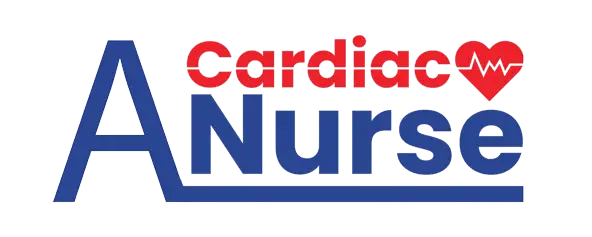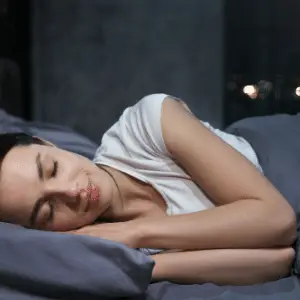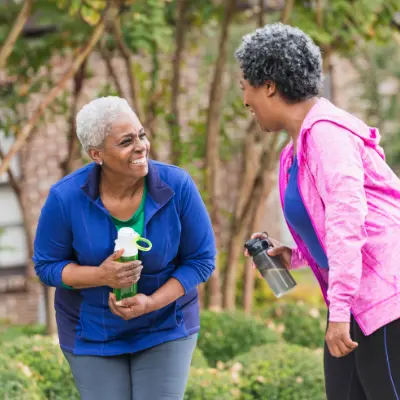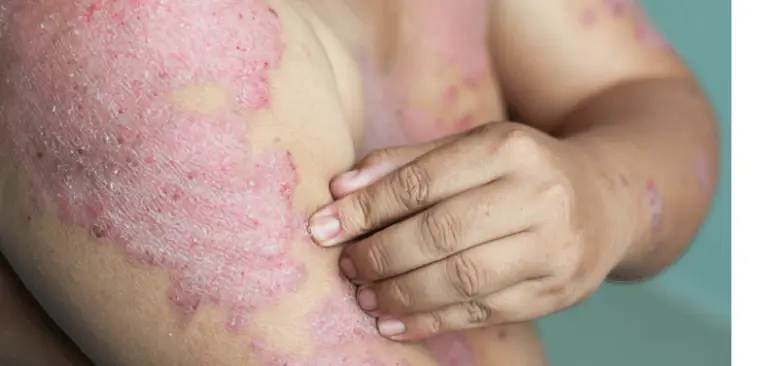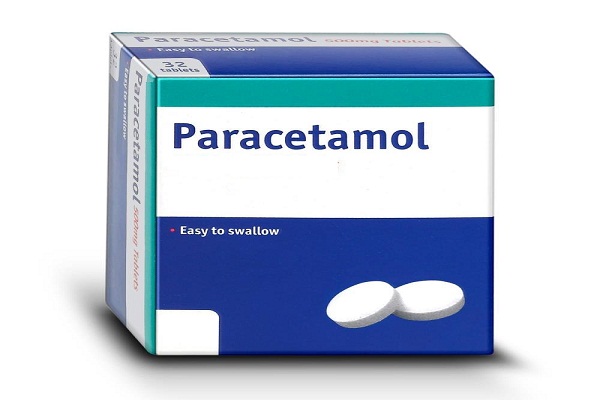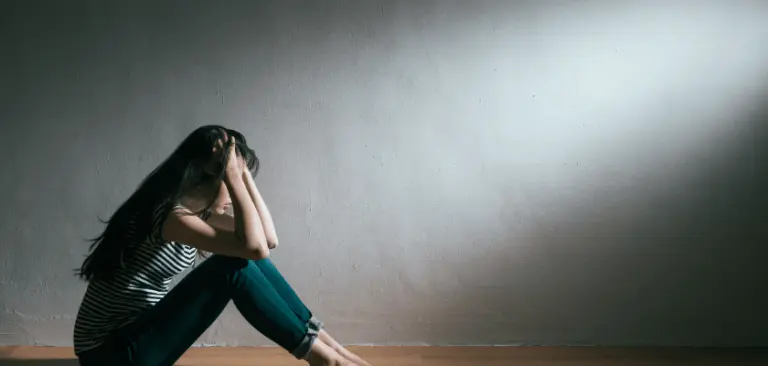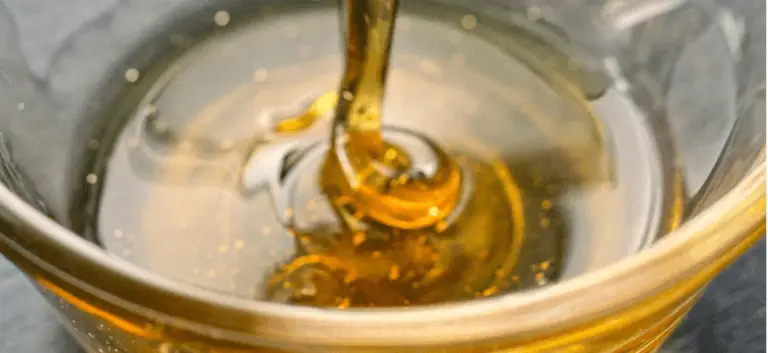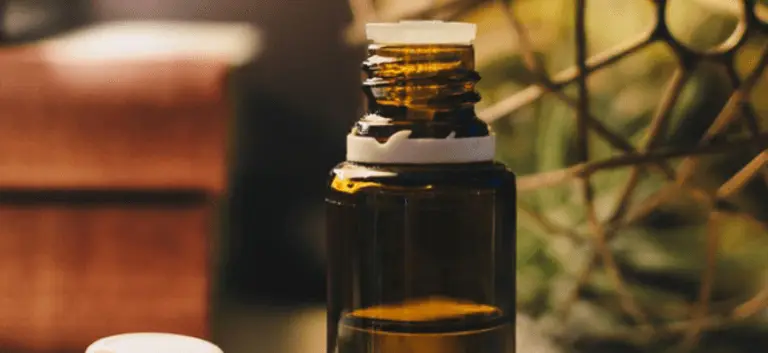Side Effects of CPAP Therapy and Sleep Apnea Alternatives
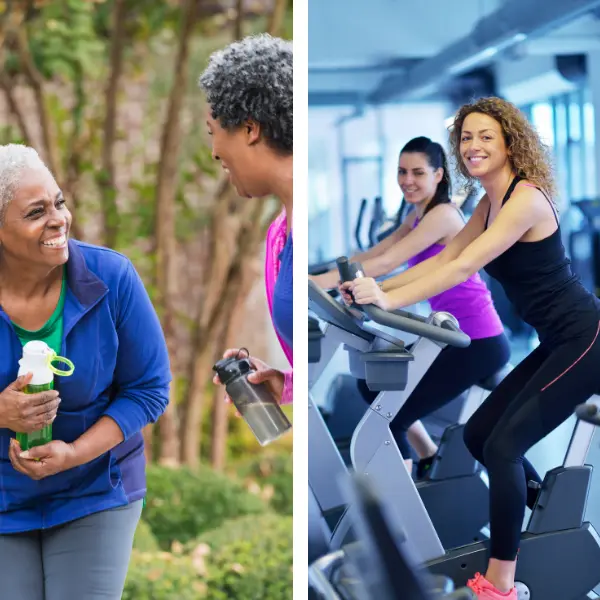
Today we will discuss the most common treatment for sleep apnea and also some alternative treatments that can be equally effective, or even better, and can help you find the best way to sleep with sleep apnea.
What is Sleep Apnea?
Sleep apnea is a condition in which you briefly and repeatedly stop breathing during sleep, usually because of obstruction of the airways. People with sleep apnea have the flow of air to the lungs interrupted and therefore they don’t get enough oxygen. This causes them to gasp and often wake up or have their deep sleep interrupted.
The three main types of sleep apnea are:
- Obstructive sleep apnea (OSA), the more common form that occurs when throat muscles relax or are obstructed.
- Central sleep apnea, which occurs when your brain does not send proper signals to the muscles that control breathing.
- Complex sleep apnea syndrome, which occurs when someone has both obstructive sleep apnea and central sleep apnea.
In many cases, people are unaware that they stopped breathing, and believe that their sleep cycle is normal. Sleep apnea causes a different kind of tiredness.
Some symptoms of sleep apnea are:
- Snoring loudly (though not everyone who snores has sleep apnea)
- Gasping or choking during sleep
- Feeling irritable, depressed, or impatient during the day
- Daytime sleepiness and falling asleep easily while doing other things, such as while watching television, reading, or even working
- Forgetting things
- Having frequent or persistent headaches
- Having morning dry mouth or sore throat. These are the consequences of having sleep apnea.
Apart from leaving you feeling tired in the morning, sleep apnea can cause a number of health complications. If left untreated, this sleeping condition can increase the risk of:
- mental health issues
- poor immune function
- memory loss
- heart failure
- high blood pressure
- stroke
Fortunately, there are a number of treatments for sleep apnea and these are usually successful.
Side Effects of CPAP Therapy and Sleep Apnea Alternatives
Nasal Continuous Positive Airway Pressure (nCPAP) during sleep is the primary treatment for individuals with moderate to severe obstructive sleep apnea.
NCPAP therapy is a non-surgical treatment that uses a breathing device that provides a steady flow of air through a tube and nose mask to the lungs.
This helps to keep the airway open while you sleep. The device exerts just enough pressure to keep muscles and tissues from collapsing and blocking the airway.
This is the most common alternative for sleep apnea. However, many people cannot tolerate CPAP.
Although CPAP is a common and reliable method of treating sleep apnea, some people find it cumbersome or uncomfortable. Some problems that may arise are:
Runny Nose, Earache, or Sore Eyes
These problems may be due to a mask that does not fit properly. An improved fitting can correct this. A heated humidifier attached to the air machine may also help.
Sore or Inflamed Skin
This is also usually the result of an ill-fitting mask, or one that is too heavy or that is not properly cushioned. Again, the appropriate adjustments may alleviate this problem.
Claustrophobic Sensation of Feeling Closed-In
If you are feeling too closed-in, different types of masks with straps that cover less of your face may help.
Uncomfortable Sensations with Forced Air
A feature on the machine allows you to start with lower air pressure, which can help you better tolerate the sensation of the air. There is also an airway pressure device that automatically adjusts the pressure of air provided while you are sleeping (auto-CPAP). There are also units that supply bilevel positive airway pressure (BPAP) – more pressure when you inhale and less when you exhale.
Dry Mouth
If this problem does not go away after a few weeks, ask your doctor about a CPAP device that covers both your nose and mouth. This is one of the most common side effects of CPAP therapy.
In most cases, adjustments can be made to make the device fit better and be more comfortable.
Alternative Treatments for Sleep Apnea: When Does Obstructive Sleep Apnea Occur?
People with mild sleep apnea may not need CPAP treatment. They may find relief through simple lifestyle changes and home care that can improve their quality of life and their sleep.
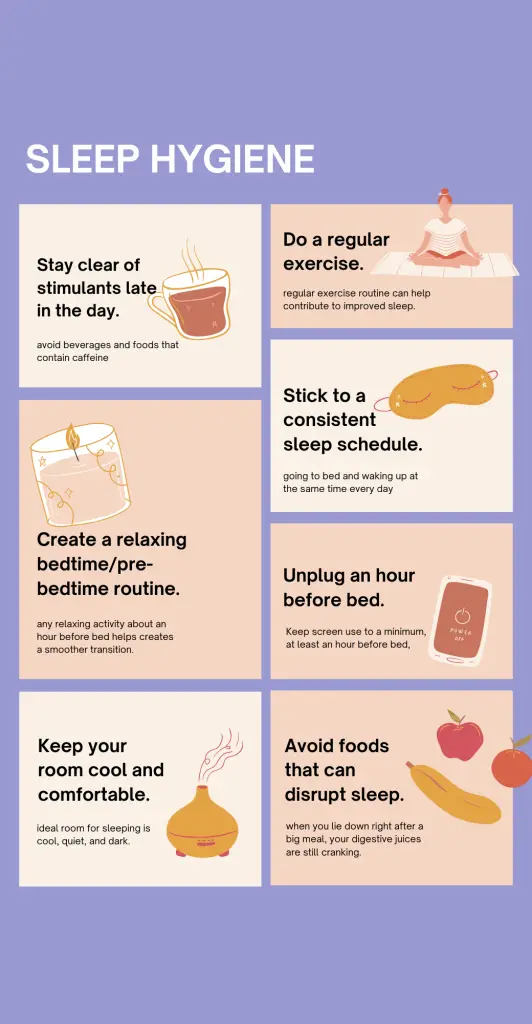
1. Maintain a Healthy Weight
Doctors often recommend people with sleep apnea to lose weight. Obesity, and more so in the upper body, can increase the likelihood of airway obstruction and narrow nasal passages. These obstructions can cause your breathing to be interrupted while sleeping.
Maintaining a healthy weight can keep your airways clear and reduce sleep apnea symptoms and eliminate the need for upper airway surgery or other treatment.
2. Exercise and Yoga
Regular exercise is one of the best ways to improve your health in general and to tackle sleep apnea in particular. Regular exercise can increase your energy level, strengthen your heart, and reduce sleep apnea.
Exercise-related physiological changes in OSA patients include increased toning of the muscles controlling the upper airways, reduced fluid accumulation in the neck, better sleep, reduced body weight, and reduced inflammation in the body.
In addition to conferring these health benefits, regular, predominantly aerobic, exercise results in reduced OSA severity, reduced daytime sleepiness, increased sleep efficiency, and increased oxygen use. Exercise is thus one of the best ways to regain quality sleep if you have sleep apnea
Yoga can specifically improve the strength of your respiratory system and encourage the flow of oxygen. Through its various breathing exercises, yoga can improve the level of oxygen in your blood and thus reduce your body’s urge to gasp for air. This reduces the frequency of sleep interruption you may experience. Yoga can decrease the symptoms of obstructive sleep apnea.
3. Sleeping position
Changing your sleeping position may seem like a small change, but it can reduce sleep apnea symptoms and improve your night’s rest.
A 2006 study found that more than half of obstructive sleep apnea cases are dependent on sleeping positions.
Studies have shown that sleeping on your back — called the supine position — can worsen symptoms, while for some adults, sleeping on the side can help your breathing return to normal.
However, it should be noted that a 2002 study found that children with sleep apnea sleep better on their backs.
4. Use a humidifier
Humidifiers are devices that increase humidity (moisture) to the air. Dry air can irritate the body and the respiratory system. Using a humidifier can open your airways, decrease congestion in your respiratory system, and therefore encourage clearer breathing, and, in turn, uninterrupted sleep.
5. Avoid alcohol and smoking
Alcohol relaxes the throat muscles that control your breathing and this limits the space available for air intake. This can lead to snoring and interruption of sleep.
Both alcohol and tobacco can contribute to inflammation, swelling, and constriction of your airways. This can worsen your snoring and your sleep apnea.
It is an idea worth considering quitting smoking and limiting your intake of alcohol in order to reduce sleep apnea symptoms and complications.
A 2012 study identified smoking as a risk factor for developing sleep apnea, noting that people with sleep apnea may have a predisposition to smoking as well. Therefore, treating sleep apnea may help in quitting smoking.
6. Use Oral Appliances
A customized mouthpiece that is fit by a dentist or an over-the-counter oral appliance can help with sleep apnea by repositioning your jaw or tongue to keep your airway open while you sleep. Naturally, a custom-fit appliance will usually fit better and allow for better sleep quality. This prevents someone from sleeping with their tongue touching the roof of their mouth.
7. Treatment of Allergies
In cases of breathing difficulties caused by nasal allergies, using nasal sprays or allergy medications may provide relief.
Conclusion
Sleep apnea or obstructive sleep apnea is a very serious disorder that if not treated can cause heart and lung problems. However, there are alternative treatments for sleep apnea.
There are also side effects to CPAP that make sometimes make CPAP therapy hard to tolerate.
Sources
https://www.healthline.com/health/home-remedies-for-sleep-apnea
https://link.springer.com/article/10.1007/s00405-006-0090-2
https://pubmed.ncbi.nlm.nih.gov/22932197/
https://pubmed.ncbi.nlm.nih.gov/7963174/
https://pubmed.ncbi.nlm.nih.gov/2662343/
https://www.healthline.com/health/nasal-cpap
https://www.mayoclinic.org/diseases-conditions/sleep-apnea/diagnosis-treatment/drc-20377636
https://www.ncbi.nlm.nih.gov/pmc/articles/PMC5344097/
Phyllis Robinson MSN, RN is a Registered Nurse of 27 years. Phyllis is passionate about the prevention and healing of heart disease using traditional and alternative methods. She has experience in emergency room, telemetry, infusion, and critical care. Phyllis currently practices in an intensive care unit.
